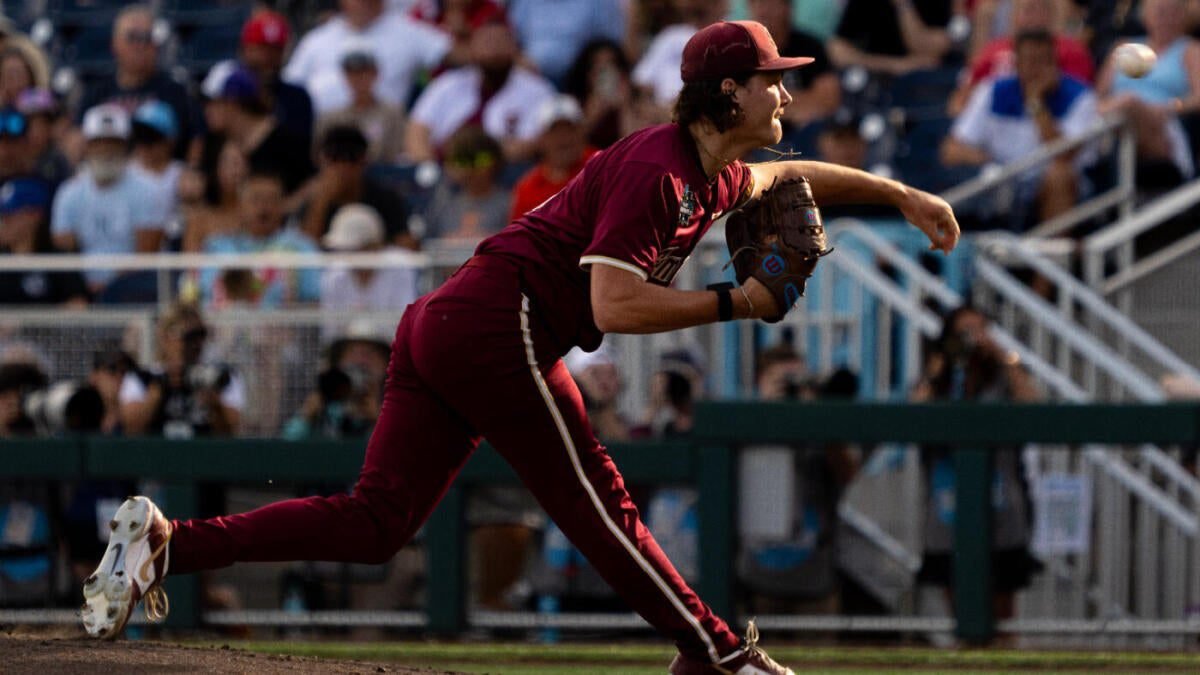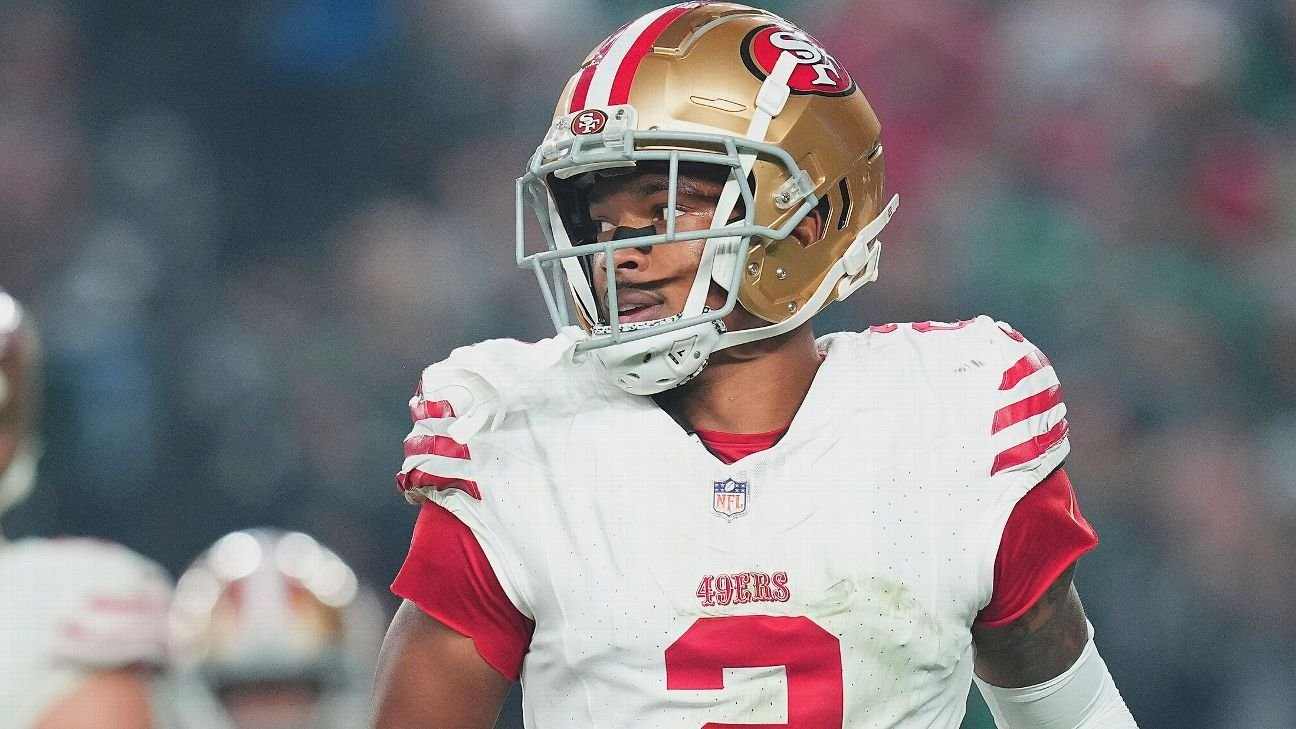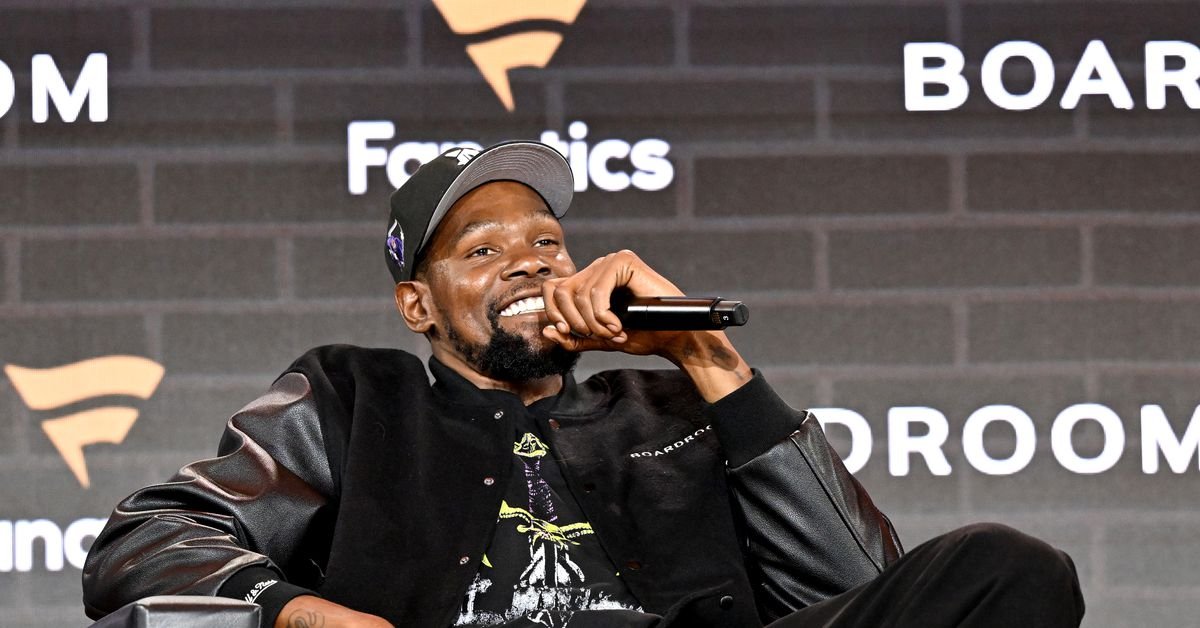The NCAA Baseball Tournament will get underway tonight, with 64 teams beginning regional play with an eye on becoming this year’s national champion. Vanderbilt, one of modern college baseball’s powerhouses, will serve as the top overall seed.
Of course, this is also the time of the year when people start thinking about Major League Baseball’s forthcoming amateur draft, slated for July 13. With that in mind, I decided this would be the perfect time to combine those interests by highlighting 10 of the tournament’s top pro prospects.
Below, you’ll find those players in order of expected draft slot. Do note that for the sake of covering more teams, I’ve limited each program to one entry. Also note that the order here won’t necessarily be the same as the one in CBS Sports’ upcoming final pre-draft rankings.
With that fine print out of the way, let’s get to business.
1. Jamie Arnold, LHP, Florida State
Arnold, my preseason No. 1, couldn’t match last season’s excellent showing. His strikeout and walk rates both veered in the wrong directions, and his in-conference OPS swelled from .647 to .700. And yet, I may keep him at No. 1 when I do my pre-draft rankings update. While there’s always more injury risk with pitchers than hitters, I think he might offer the most compelling combination of upside and polish in the class. At Arnold’s best, he delivers a full arsenal (two low-to-mid-90s fastballs, a slider, and a split-change) from a low slot. It’s to be seen what the Nationals do at the top of the draft, but Arnold ought to find a home within the top three picks.
2. Kade Anderson, LHP, LSU
Anderson will ensure that the Tigers have graduated at least one pitcher to the top two rounds of the draft in three consecutive years. He’s an accomplished lefty who posted a 30.6% strikeout-minus-walk percentage across SEC play on the strength of a beefy arsenal. In addition to a pair of low-to-mid-90s fastballs, Anderson has two breaking balls and a changeup that generated a ton of swings and misses. He also has above-average control and, for whatever it’s worth, the most recent birthdate of the top three left-handers in this class.
3. Liam Doyle, LHP, Tennessee
Doyle, a multi-time transfer who previously logged innings with Coastal Carolina and Ole Miss, was the breakout performer of the collegiate season. He opened the year in impressive fashion, registering 47 strikeouts against just five walks over his first four starts. Doyle couldn’t keep up that torrid pace in conference play, but he’s a fascinating prospect all the same. Twenty years ago, he probably would’ve been clocked as a reliever because of his frantic delivery and fastball-spamming approach. (He has the best heater in the class.) Now? Doyle is likely to go in the top 10, perhaps even much higher than that, and receive a real opportunity to start in the pro ranks.
4. Aiva Arquette, SS, Oregon State
Arquette, a transfer from Washington, is listed at 6-foot-5 and 220 pounds. That’s more than trivia; it’s an important consideration since there haven’t been many shortstops that size in MLB history. In fact, here’s a complete list of players who were that tall to log at least 50 appearances at short during a single season since integration: Elly De La Cruz, Oneil Cruz, and Mike Morse. Maybe Arquette can join their ranks, but it’s probably safer to think of him as a third-base prospect. The good news is that he should have the offensive chops to make that move down the defensive spectrum work: he nearly walked as often as he struck out this season, and he established a new career high in home runs while displaying a greater propensity to lift the ball.
5. Kyson Witherspoon, RHP, Oklahoma
Witherspoon, whose last name is longer than his arm stroke, ought to become the third Sooners pitcher drafted in the first round in the last five years, joining the Cade brigade (Horton and Cavalli). He walked 20 fewer batters this season than last, and he did it while working an additional 11 innings. Witherspoon’s arsenal includes a fastball that can sprint into the upper 90s and several breaking balls.
6. Ike Irish, C/OF, Auburn
The questions concerning Irish’s long-term defensive home have persisted, as he split this season between catching and playing the outfield (with the latter coming after he suffered a back injury). Wherever he ends up, his best position will remain in the batter’s box. Irish is what you would call hitterish; he posted a better OPS inside SEC play than outside of it, and scouts I’ve talked to have praised his adaptability and his all-fields approach.
7. Marek Houston, SS, Wake Forest
Houston is a good defensive shortstop, but his landing spot will be determined by how teams feel about his offensive potential. To his credit, he walked more than he struck out this season while establishing new highs in home runs and stolen bases. To his debit, his exit velocity numbers, though improved compared to last year, remained on the meager side. (He slugged just .329 with a wood bat in last summer’s Cape Cod League.) Blemishes and all, he should still go sometime in the first round.
8. Wehiwa Aloy, SS, Arkansas
Back in the spring, scouts I trust expressed trepidation about Aloy as a first-round prospect, even after a Cape Cod League run that saw him homer eight times in 21 games. He went on to have a good season at Arkansas, hitting for a 1.015 OPS in SEC play, but the skepticism remains. That’s because of Aloy’s sketchy hit tool projections. He swings and misses a lot, fueling both a 24.2% strikeout rate and a 2.26 strikeout-to-walk ratio. Although there’s no denying Aloy’s strength or glove, it’s hard to envision him cracking the top 10 based on the downside risk his bat possesses.
9. Luke Stevenson, C, UNC
I ranked Stevenson as the top catcher entering the spring. He may still be that, depending on how you feel about Cam Bodine’s offense and Irish’s chances of sticking behind the plate. Stevenson offers good left-handed thump, but he had a tougher year offensively than I expected. During ACC play, he struck out in more than 26% of his trips to the plate — add in his 20% walk rate and his fly-ball tendencies, and you can understand why he hit only .252. I expect him to come off the board somewhere in the Nos. 20 to 40 range.
10. Brendan Summerhill, OF, Arizona
Summerhill hit .386 and walked twice as often as he struck out this season, but he took a step back in some notable ways that harmed his stock. Whereas scouts wanted to see him tap into more raw power (he has a 6-foot-3 frame), he instead failed to hit a home run during conference play and finished with just three overall. Summerhill also spent the season in right field instead of center. A team that’s higher on his slugging potential or his defensive upside could pop him earlier than this ranking suggests. Everyone else may decide they’re OK passing on a singles-and-walks corner outfielder.











